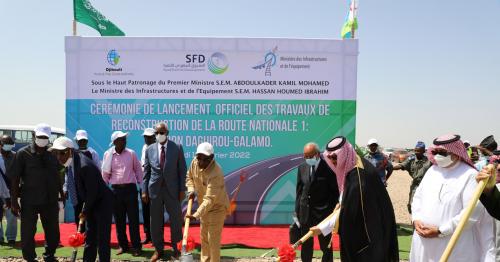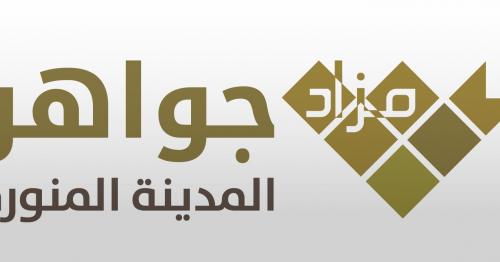Saudi Arabia will need an additional 10,000 doctors by 2020, say experts

Saudi Arabia will need an additional 10,000 doctors by 2020 and twice that many by 2030 to tackle critical bed shortages and meet the needs of its growing population, experts have warned.
A significant increase in nurses, technicians and medical staff is essential to plug the Kingdom’s chronic bed shortfall — with more incentives, such as easing visa regulations, being suggested as ways of attracting and retaining overseas expertise.
Earlier this week, Arab News revealed that a study by the consultancy firm Oxford Economics showed Saudi Arabia will need an extra 5,000 hospital beds by 2020 and 20,000 more by 2035, as its population rises.
Now Mansoor Ahmed, director for health care, education and PPP at Colliers International, has unveiled exclusive figures showing this will result in a parallel shortage in medical professionals, unless that issue is also addressed.
“There is a direct correlation between number of beds and medical staff,” he said. “Based on a Colliers estimate, by 2020 KSA will require an additional 10,000 doctors and by 2030 another 20,000 doctors on top of that.
“There are two ways of filling this gap — producing more doctors and nursing staff locally, and attracting medical staff from other Arab and Asian countries. However, to do this, KSA needs to look easing its visa rules and regulations.”
Ahmed said that one of the main challenges faced by private operators in the region, including KSA, is attracting and retaining quality staff, prompting health-care providers to “poach” doctors from the local market rather than hiring from abroad.
“Operators desperate to recruit qualified specialized staff have prompted a trend of poaching physicians from competitors,” he said. “With a limited pool of established physicians, their salaries have witnessed exceptional growth, to an extent that it is negatively affecting the profitability of hospitals/clinics in KSA.
“A large number of doctors, nurses and paramedical staff in KSA migrate to Western countries after a few years due to better opportunities and training facilities. In addition, the current Saudi regulations for recruitment further increase the staff cost due to limited available resources.
“The government’s role is extremely important in establishing career-focused educational institutions, such as medical and nursing colleges, to increase the supply of local medical professionals and to drive qualified Saudi talent into jobs. Moreover, to overcome the supply gap, the government needs to provide funding to the private sector and improved employment regulations to be able to attract qualified resources from abroad.”
Ahmed believes that the Oxford Economics study’s estimates are conservative. Based on the current annual KSA population increase of 2.65 percent per annum, he points to analysis carried out by Colliers showing the Kingdom will need an additional 7,800 beds by 2020 and 32,000 beds by 2030.
The real- estate costs of this alone would equate to between $1.3 billion (SR4.9 billion) and $2.6 billion by 2020 and $5.3 billion and $10.6 billion by 2030. Once fitout and medical equipment costs are added, the figures rise to $2 billion- $3.6 billion by 2020 and $7.9 billion- $14.3 billion by 2030.

“The growing population is the key driver, but you also have to look at the changing composition of the population which will dictate the types of bed required,” he said. “Between 2015 and 2050, about 21 million children will be born in KSA, creating demand for health-care facilities and services relating to mother and childcare, such as obstetrics, gynecology, and pediatrics.”
Life expectancy in KSA has also increased. “These changes will lead to increasing requirement for a larger number of long-term care facilities,” Ahmed said.
...[ Continue to next page ] / Source: arabnews






Comments